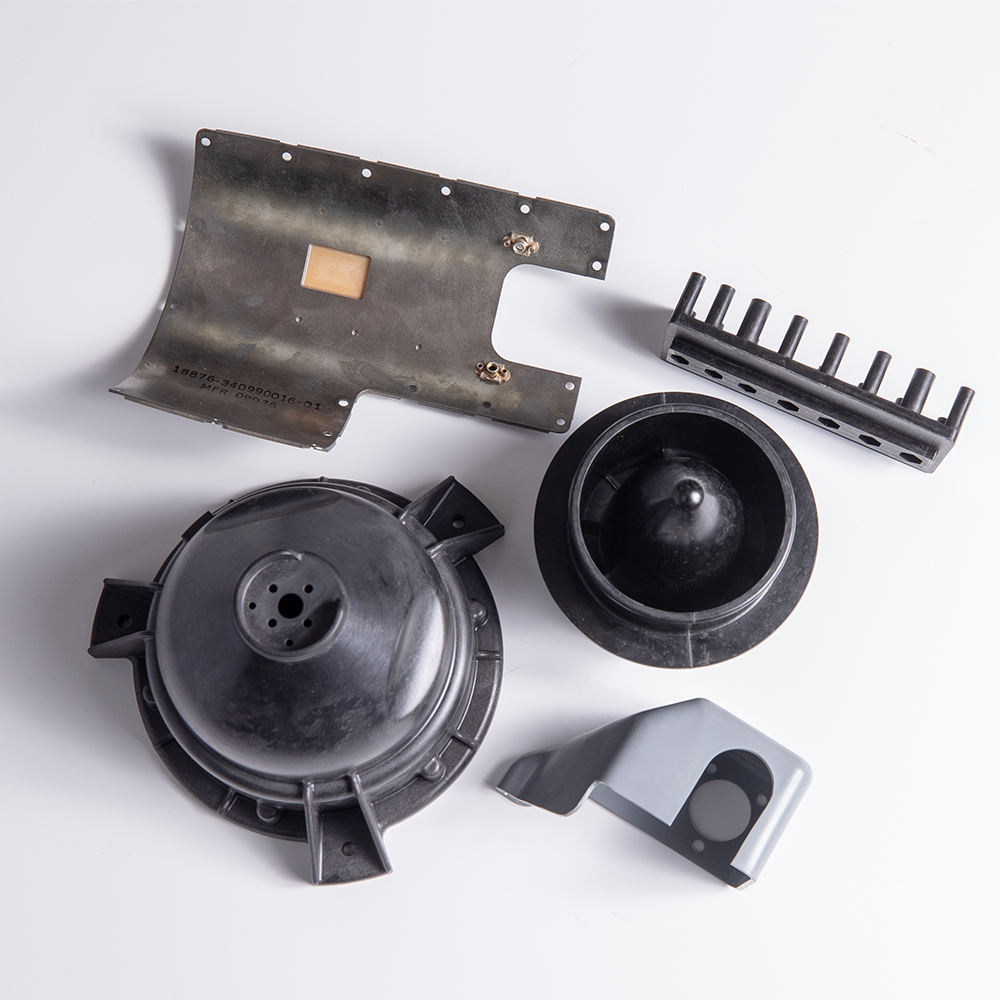SONFARREL AEROSPACE, LLC
3010 E. La Jolla Street
Anaheim, CA 92806
Phone: 714-630-7280
Email: [email protected]
QUALITY ASSURED
BOEING BMS 1-53, BMS 1-57, BMS 1-11 BOEING, BAC 5071,
BOEING/DOUGLAS DMS 2221 (Silicone), DMS 1854
UNITED STATES GOVERNMENT APPROVED SUPPLIER
INDUSTRY WIDE PRIME CONTRACTORS APPROVALS
INCLUDING HONEYWELL,BOEING, BELL HELICOPTER, LOCKHEED MARTIN, NORTHROP GRUMMAN, RAYTHEON, ROLLS ROYCE, WILLIAMS INTERNATIONAL, GE AVIATION, LEONARDO, PRATT & WHITNEY, DUCOMMUN TECHNOLOGIES, COLLINS AEROSPACE
SIX SIGMA BLACK BELT CERTIFIED EMPLOYEES




